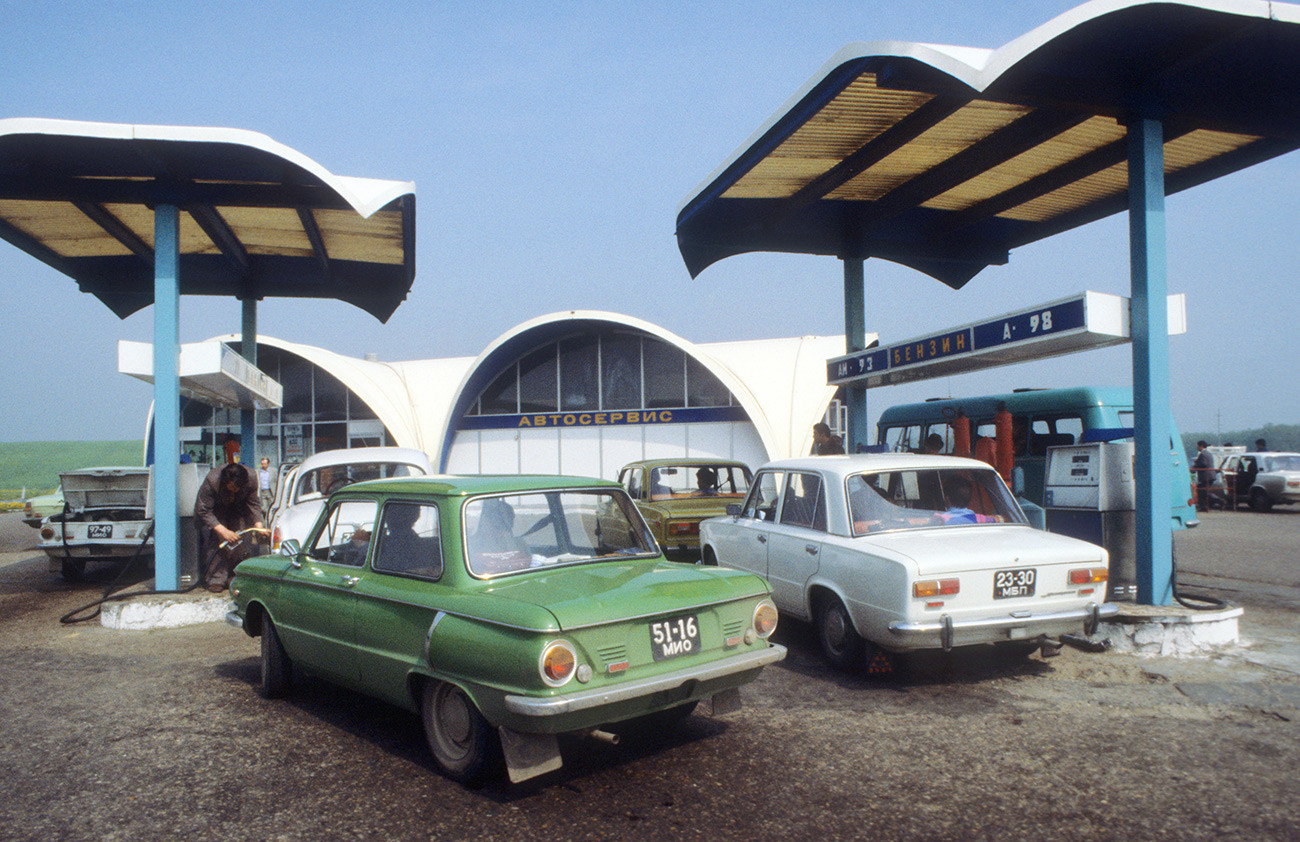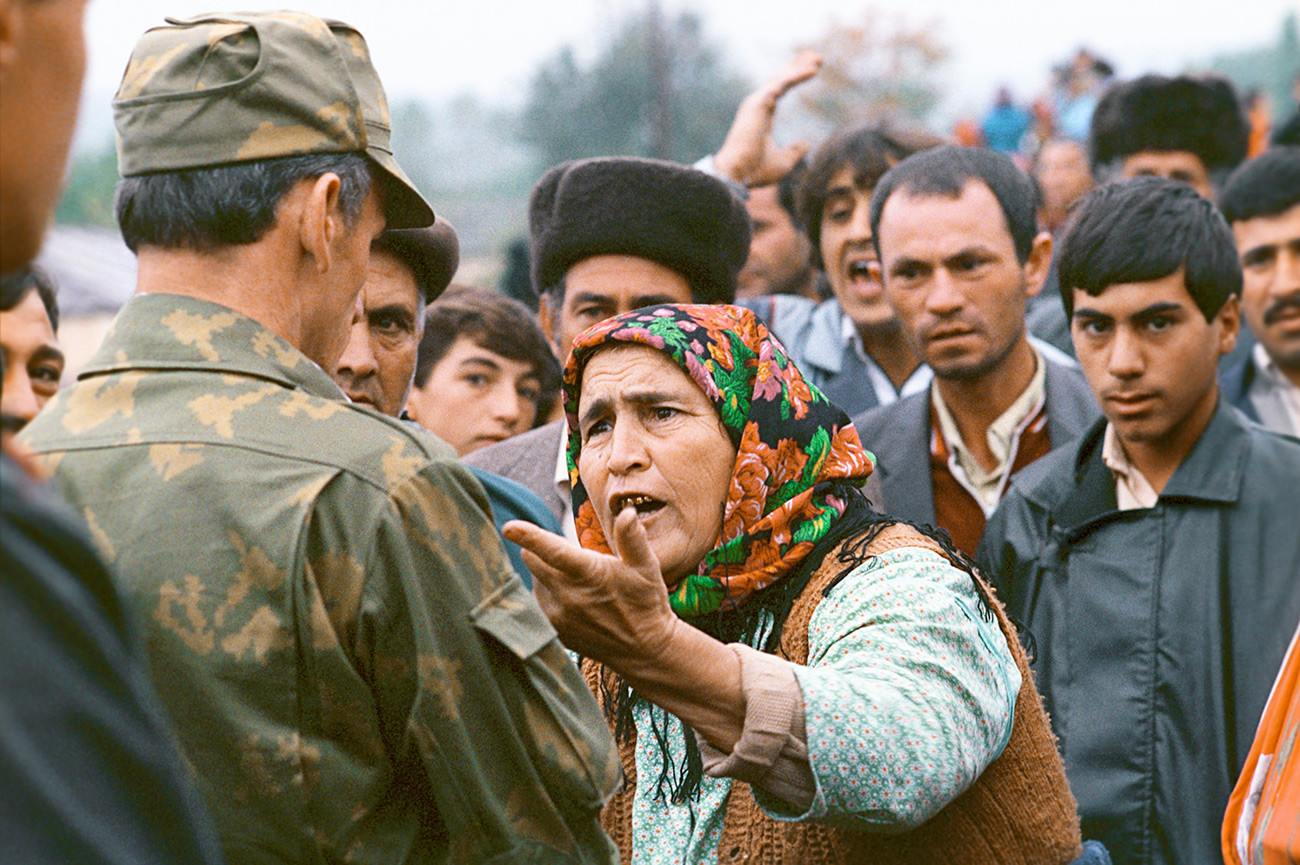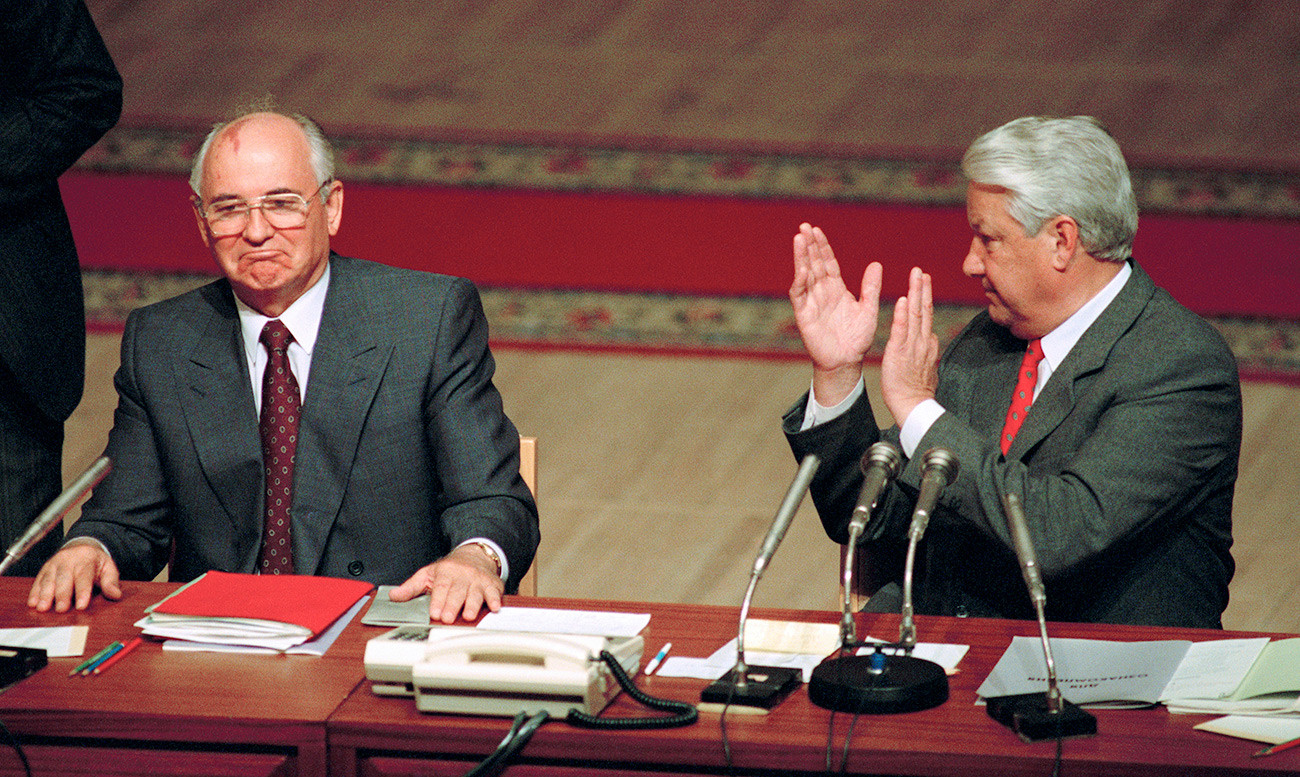
“The date of the USSR’s collapse is well known. It’s not the day of the Belovezha Accords, nor the August coup [of 1991]. It was Sept. 13,

“It was a major turning point in 1986 when oil prices fell and all possibilities to generate revenue crumbled,” says Petr Aven
Eduard Kobyak; Vyacheslav Undasin/TASSAt the same time, some experts believe that despite the inefficiencies of the Soviet economy, and the notorious scarcity of the most basic consumer items, the situation was not that bad. Famous Soviet, and later American, sociologist Vladimir Shlapentokh, put it this way: “…In the last decades [of the USSR’s existence] the rates of economic growth steadily decreased, the quality of goods deteriorated, and technological progress slowed...However, all these shortcomings had a rather chronic nature, and weren’t of fatal importance – an ill person, as well as an ill society, can live for a long time…” Indeed, according to official Soviet statistics, GDP saw a decline for the first time only in 1990, just a year before the collapse.
In the late 1980s, the time of Perestroika, there was an ever increasing level of violence caused by competing ethnic nationalisms in the Soviet republics. The first example of ethnic violence took place at the end of 1986 in Kazakhstan’s capital of Almaty, when Kazakh youth, who were frustrated with the appointment of an ethnic Russian as the republic’s head, started rioting. Eventually, troops were sent in to quell the unrest. Then there was a pogrom in the Azerbaijani town of Sumgait, and the violent events in Tbilisi, as well as Baku and other places. The bloodiest conflict took place in Karabakh between Azerbaijan and Armenia, and which is sometimes called “one of the main political triggers that started the disintegration of the USSR.” By the late 1980s, ethnic conflicts took a new deadly turn, claiming hundreds of lives in

The conflict in Karabakh between Azerbaijan and Armenia is sometimes called “one of the main political triggers that started the disintegration of the USSR”
Sergey Titov/SputnikMake no mistake – poor economic performance and growing nationalism certainly mattered, but the factor that truly triggered the collapse of the Red Empire is considered to be the actions of its leadership, starting in the mid-1980s with Gorbachev's Perestroika. There is a popular conspiracy theory in Russia that Gorbachev deliberately sought to destroy socialism and the Soviet Union. However, it’s not taken seriously because there is no indication whatsoever that he truly wanted to undermine his own rule

Boris Yeltsin (right) wanted to create an independent Russia
Getty ImagesDespite Gorbachev’s best intentions, the economy failed to “accelerate” and, on the contrary, his ineffective policies led to a downward spiral that weakened the state. The Soviet system before Gorbachev had performed poorly, with fits and starts, but due to his reforms, it simply stopped functioning. In the sociologist’s words, “in the desperate search for ways to modernize the economy … Gorbachev started the radical process of democratization that made the death of the Soviet system and empire inevitable,” as there appeared new actors among whom was Boris Yeltsin, who wanted to create an independent Russia. This meant the “inevitable demise of the USSR”.
If using any of Russia Beyond's content, partly or in full, always provide an active hyperlink to the original material.
Subscribe
to our newsletter!
Get the week's best stories straight to your inbox